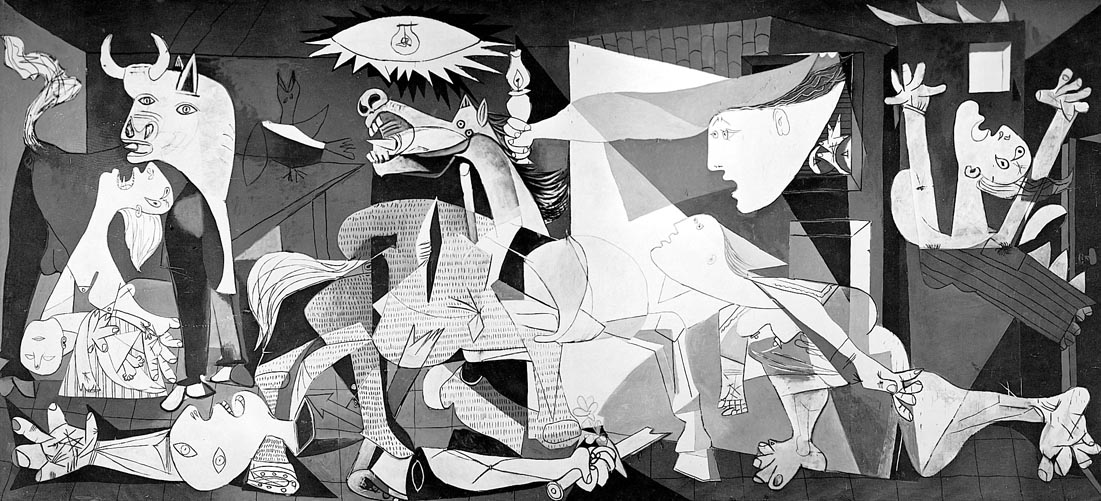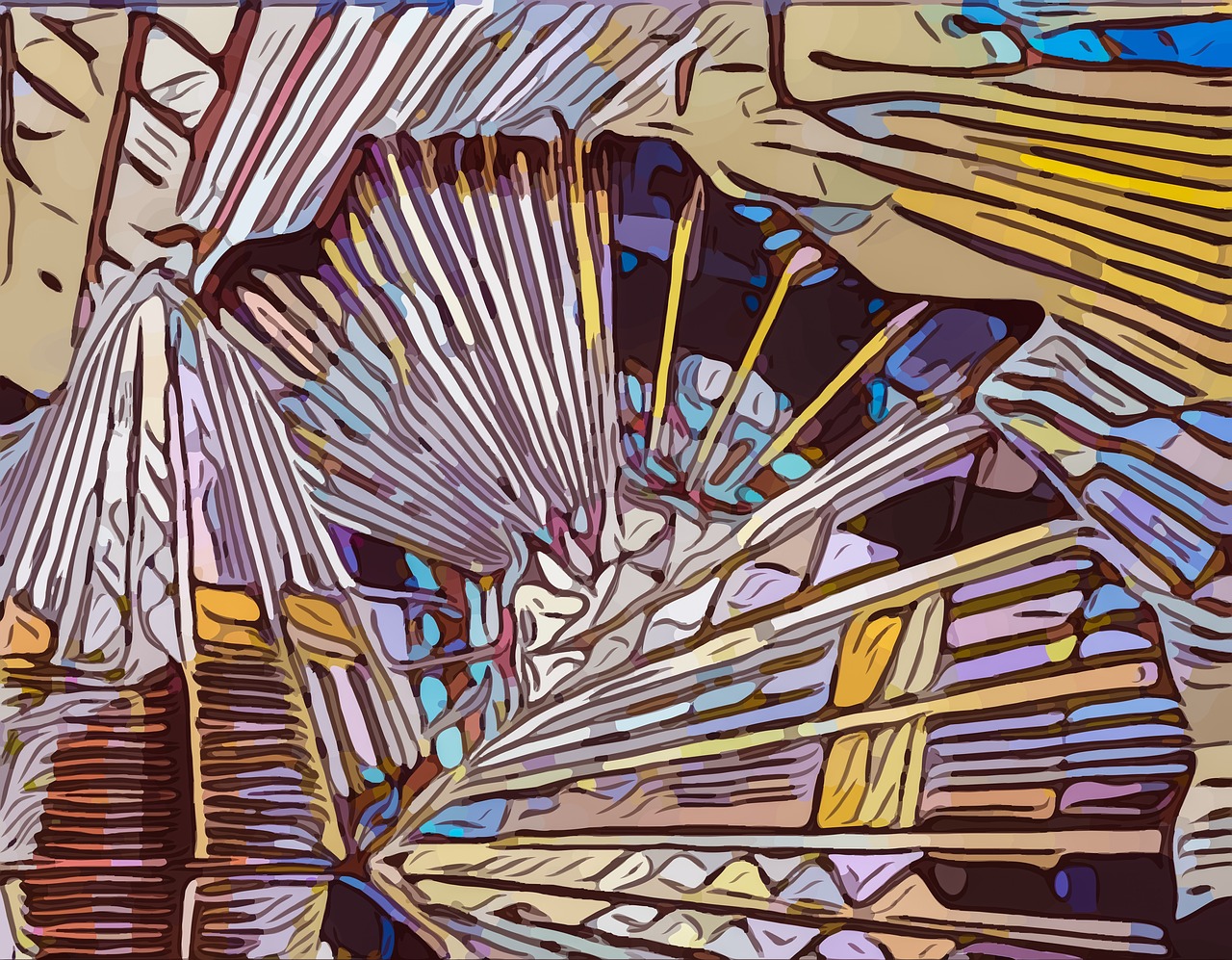Objectives:
Students will:
- Engage in close reading of tweets by 2020 presidential candidates.
- Consider the importance of evidence and action as the next steps of a protest.
- Expand protest signs to serve as pillars of an imaginary election campaign or use protest signs as an inspiration for a short piece of fiction with a beginning, middle, and end.
Guiding Questions:
- How can we expand protest signs to elaborate on our opinions?
- How can campaigning be a jumping-off point for imagination and fiction?
Materials:
- SMART Board
- Template
- Pencil
- Student protest signs on index cards.
Vocabulary:
Opinion, activist, activism, economy of language, campaign, candidate, narrative structure/beginning/middle/end.
Warm-Up:
- Invite students to consider the following questions and engage them in a brief dialogue.
- What is a campaign? (organized effort to influence the outcome of an election)
- What does it mean to campaign? (to work in an organized and active way towards a particular goal)
- Who campaigns?
- What are some candidates or campaigns that you are familiar with?
- Invite students to consider that the main objective of a campaign is to win votes. One way to get votes is for candidates to share their ideas about to how to make improvements in people’s lives and society. Because every candidate is different, they express their ideas about problems or systems that they want to fix or change. They hope that their ideas and solutions will appeal to enough people to result in their election.
- Now ask: How do candidates share their ideas to make sure they are heard?’ Draw students’ attention to Twitter as a method of idea delivery and opinion sharing. Because some people have thousands of followers, it can be a great platform to ensure your voice is heard. It can be like a digital protest sign. However, Twitter also has a short word limit, so while there is more space than a protest signs, the message has to be clear, powerful, and short.
Mentor Text:
- Invite students to review the accompanying mentor text, which is a collection of tweets from the following individuals. Teaching artist shares tweets and provides background information on the following presidential candidates:
Kamala Harris
Elizabeth Warren
Beto O’Rourke
Cory Booker
- Invite students to consider and respond to the following questions:
- Identify the issue/problem that the politician is addressing.
- What do they want to change?
- How do they think they should change it? What are they going to do about it? What solutions do they offer?
- Which tweets are most effective and why?
Writing:
- ll students that they have a choice to do one of the following:
- Expand a protest sign into an imaginary campaign poem.
- Write a narrative inspired by a campaign/issue.
- The teaching artist distributes templates for students. One side offer instructions/prompts for option 1, the other side has space to complete option 2.
Option 1: In the style of the examples from candidates on Twitter, expand your protest sign into a part of your campaign, as if you were running for election.
Guiding Questions (see template):
- Expand the idea on your protest sign into a complete sentence.
- Why does this issue matter to you?
- What are examples (vocabulary: evidence) of how/where this problem exists?
- What is one thing you could do to help?
- What is one thing someone else could do to help?
- Repeat the words from your protest sign.
- Add hashtags!
Option 2: circling back to our unit on narrative, remember that all stories/narratives have beginning, middle, and ends. Can you write a short narrative with a beginning/middle/end based on your protest sign?
Guiding Questions:
- Maybe you are taking the sign to a protest or showing people.
- Maybe this is not your sign and you are seeing if for the first time.
- Use your imagination, sensory language and delicious details!
Sharing:
- Invite students to share their poem or an excerpt from their narrative.



